Why drone pilots need aviation roots. Part 1 of 2
The skies are no longer the exclusive domain of traditional crewed aircraft. Drones, whether used for mapping, inspection, delivery, or emergency response, are now a permanent fixture in the National Airspace System (NAS). But as UAVs expand their reach, a critical gap remains: Many drone pilots lack foundational knowledge of traditional aviation. This disconnect poses real risks to safety, interoperability, and the future of integrated airspace.
Drone pilots are required to obtain their Part 107 certification, and learn about basic aerodynamics, weather and general rules like every other pilot, but the reality of their trade is not conducive to practicing and exercising this knowledge on a regular basis. Let’s be realistic; a drone pilot performing bridge or cellular tower inspections does not need to drive to an airport, climb on a plane, communicate with ATC, or navigate to the site. These seemingly obvious differences with traditional aviation make a world of difference in terms of aviation safety attitude.
Most drone operators have never set foot in a general aviation (GA) airport, sat in a cockpit, or listened to live air traffic control (ATC). They may be experts in flight planning apps, photogrammetry, or remote sensing, but they often operate in a silo, unaware of the rhythms, rules, and responsibilities that govern crewed flights. This presents a safety hazard along with a cultural divide.
The NAS is a shared environment. Whether you’re flying a Cessna 172 or a small quadcopter, you’re subject to the same overarching principles of airspace management. The FAA classifies drones as aircraft, and that designation carries weight. It means drone pilots are expected to understand airspace classes, follow NOTAMs, respect temporary flight restrictions, and avoid interfering with other aircraft. Yet without exposure to traditional aviation, many drone pilots lack the situational awareness needed to operate safely in mixed environments.
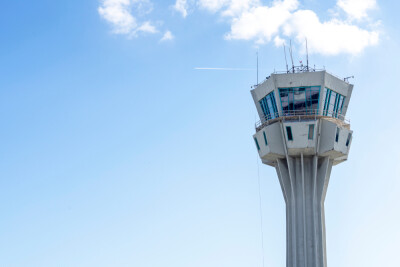
Consider the dynamics around a GA airport. These facilities are often surrounded by Class G or E airspace, zones where drones are legally permitted to fly under Part 107. But they’re also teeming with low-altitude traffic: student pilots practicing touch-and-go landings, helicopters on medical missions, and private aircraft entering traffic patterns. Most of this activity relies on visual flight rules (VFR), meaning pilots scan the skies and communicate via Common Traffic Advisory Frequency (CTAF) to coordinate. If a drone enters this space without understanding the flow of traffic or the etiquette of radio calls, it can create confusion, or worse, a collision risk.
The perfect example of the above is the December 2023 midair collision between a photogrammetry drone and a tourist-tour helicopter near the Daytona Beach International Airport (KDAB) when the drone pilot flew 30 ft higher than his COA-authorized altitude of 150 Ft AGL and the helicopter pilot ignored a NOTAM and flew 20 feet below the UAV-operations floor of 200 ft. The result? A midair collision resulting in some minor damage to one of the blades of the helicopter and the total destruction of the drone.
Even in controlled airspace, the stakes are high. As drones begin to operate beyond visual line of sight (BVLOS), they must interact with ATC systems, follow separation standards, and anticipate the behavior of crewed aircraft. This requires more than technical proficiency. It demands fluency in the language and logic of aviation. Without it, drone pilots may misinterpret instructions, fail to anticipate conflicts, or struggle to integrate with legacy systems.
The problem is culutural in its nature as well as operational. Traditional aviation is steeped in discipline, standardization, and shared responsibility. Pilots train for hundreds of hours, memorize procedures, and internalize airmanship values. Drone pilots, by contrast, often enter the field through tech or photography, with minimal exposure to aviation norms. This divergence can lead to friction, especially as drones encroach on airspace historically reserved for crewed flights.
The solution lies in education. Drone pilots don’t need to become airline captains, but they do need to understand the basics around how airspace is structured, how pilots communicate, how traffic patterns work, and why predictability matters. A few hours spent at a GA airport can be transformative. Watching aircraft enter downwind, hearing pilots announce their positions, and seeing the choreography of takeoffs and landings builds empathy and insight. It turns abstract rules into lived experience.
Taking a discovery flight or attending ground school can deepen this understanding. Learning about sectional charts, METARs, and radio phraseology equips drone pilots to plan missions more safely and communicate more effectively. It also fosters respect for the complexity of the airspace they share. When drone operators understand what crewed pilots are doing, and why, they’re better positioned to avoid conflicts and contribute to a cooperative airspace culture.
But how difficult it is to climb aboard a GA plane and go for a spin? We spoke to Chris Lazure, the CEO and founder of Dare to Dream a flying school based at the Pompano Beach Airpark (KPMP) and he explained how simple it is for anyone to have this experience.
“All you need is your ID and about two hours of your time.” Chris said with a big smile, “The event includes about 30 minutes of ground instruction, then a thorough pre-flight inspection of the aircraft, a 30-minute flight and then a debrief session. We do this at our school for $300 and some of the people who take advantage of it enroll in our school to obtain their private pilot certificate.”

This isn’t just a best-practice recommendation, it’s a strategic imperative. The FAA’s long-term vision is for full integration, not segregation. That means drones will operate side-by-side with manned aircraft, using the same systems, procedures, and infrastructure. Remote ID, UTM, and BVLOS corridors are steps toward that future, but they won’t succeed without human interoperability. Drone pilots must be able to speak the same language, follow the same cues, and anticipate the same risks as their crewed counterparts.
There’s also a regulatory dimension. As drone operations become more complex, flying at night, over people, or in controlled airspace, waivers and approvals hinge on demonstrating safety and competence. Pilots who understand traditional aviation are better equipped to design risk mitigations, communicate with regulators, and earn trust. They’re also more likely to be invited into collaborative projects, joint exercises, and integrated missions.
The benefits extend beyond safety and compliance. Drone pilots who embrace aviation culture gain credibility, confidence, and community. They become part of a broader ecosystem, one that includes pilots, controllers, engineers, and policymakers. This opens doors to new opportunities, from airport-based operations to public safety partnerships. It also helps bridge the divide between old and new, fostering mutual respect and shared innovation.
Of course, the aviation world must also evolve. Crewed pilots need to understand drones, their capabilities, and their limitations. ATC systems must adapt to new traffic types. And regulators must balance innovation with oversight. But integration is a two-way street. Drone pilots must meet aviation halfway, by learning its rules, respecting its rhythms, and embracing its ethos.
In the end, drones don’t fly alone. They share the sky with aircraft, helicopters, balloons, and gliders. They operate in a system built on coordination, communication, and care. To thrive in that system, drone pilots must do more than master their own platforms; they must understand the world they’re entering. That means stepping out of the silo, listening to the cockpit and the controller, and learning the language and the rhythm of flight.

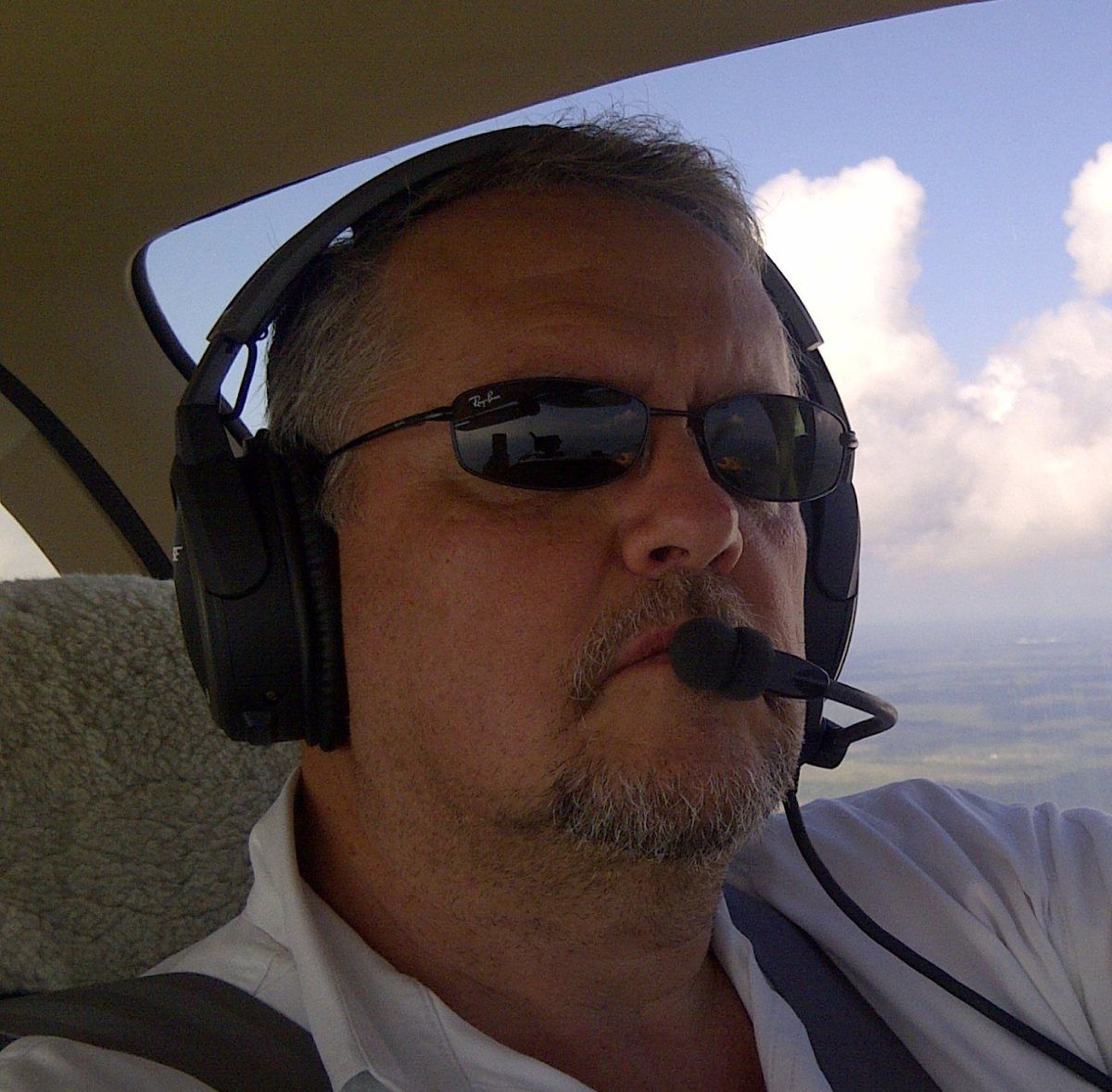
.jpg.medium.800x800.jpg)

.png.small.400x400.png)







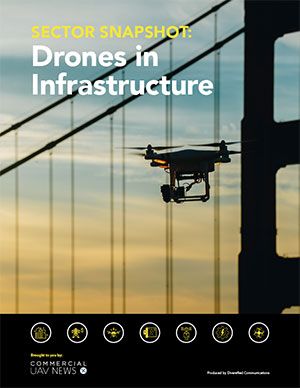
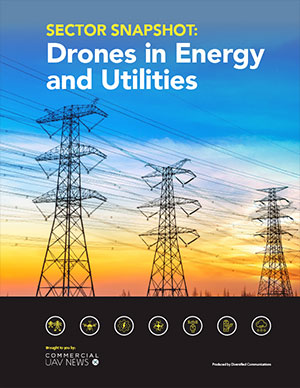
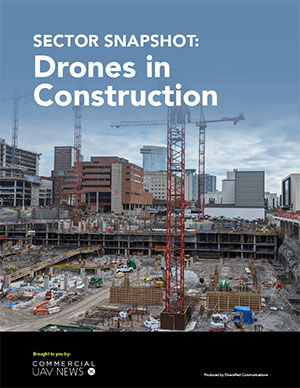
Comments